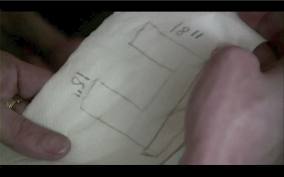akrvbob said:
I have no idea what your point is.
You reach the same numbers I reached except I added in a guess for inverter inefficiency and Peukert affect. I think failing to include them in real world usage is a mistake. But that's up to you to decide for yourself.
Forgive me for not using the exact right terminology you like. What I said is still correct.
Bob
Yes, you should include inverter inefficiency and Peukert effect.
Units are essential when working a science or engineering problem. When the units work out, it's a good indication that you probably set up the problem correctly and did the algebra correctly. It also demonstrates an understanding the concepts (e.g., the relationships between force and mass, power and energy, time, speed, and distance, current and voltage, etc.).
I couldn't tell whether your numbers were close due to rounding or just coincidence.
A layperson would never use "amps per minute" or "amps per hour": those would be for a
rate of change of current, i.e., how fast current was rising or falling.
I responded not to be rude, but because I have observed other
capable members of this forum get very confused and struggle with basic calculations like this, and a big source of the confusion is the use of incorrect units like "amps per minute".
It's not a pedantic personal preference. Famous unit conversion disasters include:
2004: Tokyo Disneyland: Derailment due to broken axle. Miraculously, it happened at the very end of the ride, so all passengers were safe.
http://www.system-safety.org/ejss/past/current/pdf/main1.pdf
1999: Mars: NASA's Mars Climate orbiter ($125 million) disintegrates after its 296 day journey:: Lockheed sent thruster data in pounds, while NASA expected newtons, causing the spacecraft to enter the Martian atmoshphere
http://spacemath.gsfc.nasa.gov/weekly/6Page53.pdf
1984: Spinal Tap: Stonehenge
1983: Air Canada 143
(Air Crash Investigations dramatization):





























































